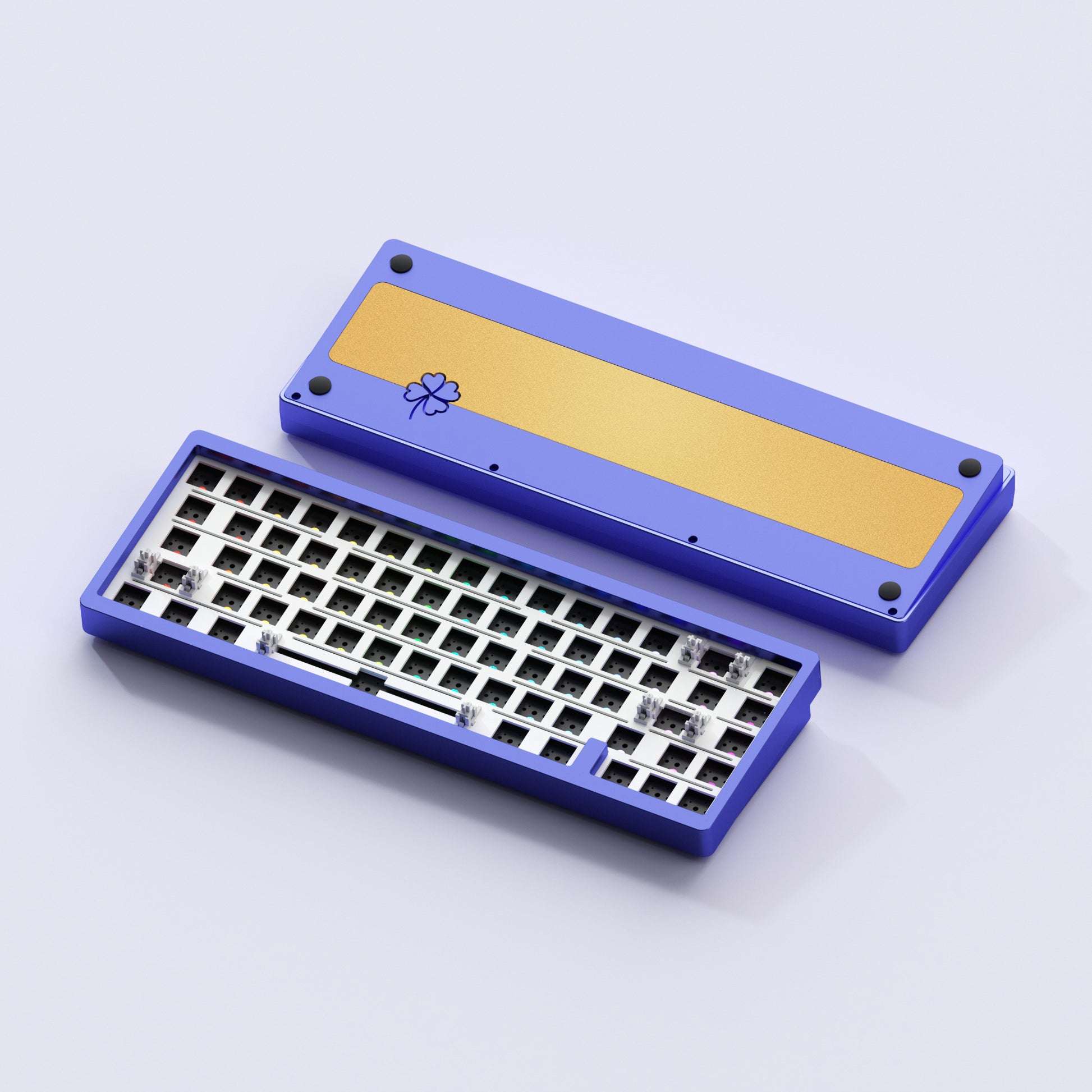In the expansive world of mechanical keyboards, customization is a key allure for enthusiasts. Among the many options for creating a personalized typing experience, barebone kit keyboards stand out as a popular choice. But what exactly is a barebone kit keyboard, and why might you consider one for your next keyboard project?
Understanding Barebone Kit Keyboards
A barebone kit keyboard is essentially a foundation or skeleton of a mechanical keyboard. It comes with the essential components needed to build a functioning keyboard but excludes certain parts that allow for customization. Here’s a breakdown of what you typically get with a barebone kit:
Key Components Included:
- Keyboard Case: The enclosure that houses all the internal components. It can be made from various materials such as plastic, aluminum, or even wood.
- PCB (Printed Circuit Board): The heart of the keyboard, the PCB is where all the electronic components are soldered or mounted.
- Plate: A metal or plastic plate that holds the switches in place and provides structural integrity.
- Stabilizers: Components that stabilize larger keys like the spacebar, shift, enter, and backspace keys to prevent wobbling.
Key Components Excluded:
- Switches: Mechanical switches that register key presses. These come in various types (linear, tactile, clicky) and can be chosen based on user preference.
- Keycaps: The top part of the key that you press. Keycaps come in different profiles, colors, and materials.
- Cable: The USB cable that connects the keyboard to the computer. Some kits include this, but many do not to allow for a customized choice.
- Optional Accessories: Items like foam for sound dampening, custom weights, or additional decorative elements.
Advantages of a Barebone Kit Keyboard
1. Customization
Barebone kits are ideal for those who want to customize their keyboard from the ground up. By selecting your own switches and keycaps, you can create a keyboard that suits your typing feel, aesthetic preferences, and functional needs.
2. Learning Experience
Building a keyboard from a barebone kit offers a hands-on learning experience. It provides insight into how mechanical keyboards work and can be a rewarding project for those interested in DIY electronics.
3. Quality Control
When you build your own keyboard, you have control over the quality of each component. This allows you to choose high-quality parts and ensures that your keyboard is built to your standards.
4. Future Upgradability
Barebone kits often make it easier to upgrade or modify your keyboard in the future. For instance, you can swap out switches or keycaps as your preferences change over time.
Disadvantages of a Barebone Kit Keyboard
1. Complexity and Time Investment
Building a keyboard from a barebone kit can be complex and time-consuming, especially for beginners. It requires a basic understanding of electronics and soldering, though there are solderless options available.
2. Cost
While a barebone kit allows for customization, it can sometimes be more expensive than buying a pre-built keyboard. High-quality switches and keycaps can add to the overall cost.
3. Availability
Some barebone kits can be hard to find, especially if they are limited edition or from niche manufacturers. This can make sourcing the exact parts you want challenging.
Is a Barebone Kit Keyboard Right for You?
Choosing a barebone kit keyboard is a decision that depends on your interest in customization, willingness to invest time in building, and desire for a personalized typing experience. Here are a few considerations:
- Enthusiasts: If you are passionate about mechanical keyboards and enjoy the process of customizing and building, a barebone kit can be a fulfilling project.
- DIY Beginners: If you are new to the DIY keyboard scene, starting with a barebone kit can be a great way to learn. Look for kits with detailed instructions and supportive communities.
- Custom Keyboard Seekers: If you want a keyboard tailored exactly to your preferences in terms of feel, sound, and aesthetics, a barebone kit offers the flexibility to achieve that.
Conclusion
A barebone kit keyboard is more than just a keyboard; it’s a canvas for creativity and personalization. By providing the essential components and allowing you to choose the rest, it offers a unique way to craft a keyboard that is truly your own. Whether you are an enthusiast looking to create the ultimate typing machine or a beginner eager to dive into the world of mechanical keyboards, a barebone kit can be a rewarding and educational endeavor. Happy building!






